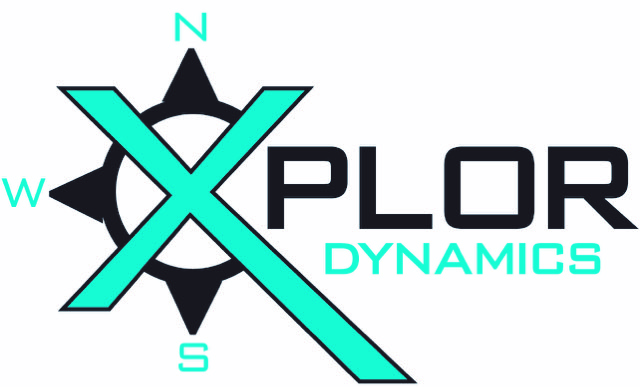Optimum Waterproofing Balcony Recommendations

When it comes to waterproofing balcony systems or terraces it’s important to evaluate the products that are best suited for long term stability whether the project is a new construction application or the need to repair a failing surface. There are some variables that include the existing surface type such as steel or concrete and it’s subjectivity to direct sunlight that are determining factors to obtain optimum waterproofing balcony projects.
In this article we will give advice on preparing the surface, as well as application tips and recommend the best suited products. As far as waterproofing balcony products we recommend 2 part epoxies due to their permanency. They withstand abrasion impact and harsh environments much better than paints and 1 part coating systems.
Waterproofing Balcony or Terrace Surface Preparation
General Rule of Thumb – Best Case Scenario The cleaner and more profiled the surface, the greater the adhesive strength. Waterproofing Balcony epoxy products have a difficult time adhering to slick surfaces, so the goal is always to obtain an ideal profile to enhance adhesion. * Stealth Materials products are designed to perform well even when surface preparation is less than ideal, but to get the best results, refer to the following recommendations. These recommendations are based on optimum surface preparation:
Implements for Abrading: Sandblasting, wire brush, grinder, emery cloth, and or glass paper. If the surface allows, we recommend a heavy abrasive preparation of the surface to create an etched profile. A less abrasive preparation may only polish the surface making it more slick and difficult to adhere to.
Metal Surfaces Use grade 80-150 abrasives for steel and materials resistant to scoring. Use 300-600 grade abrasives for light alloys and less resistant materials. Remove all oil, grease, or scale from the surface, and then blast with sharp sand or grit to finish. Use a non-spherical blast medium to give a 2 – 3 mil (50 – 75 micron) profile and to achieve the following surface preparation standards or their equivalents:
Non-chemical Service: SSPC-SP 6 Commercial Blast (NACE 3) Intermittent Splash or Wear SSPC-SP 10 near White Metal Blast (NACE 2) Immersion or Abrasive Service SSPC-SP 5 White Metal Blast (NACE 1) * Many Dynesic products (such as PANSEAL) can perform well on metal surfaces with minimum preparation such as pressure washing and can encapsulate existing rust. Again, the best adhesion strength adhesion strength would include a profiled surface, so it depends on the desired outcome.
New Concrete New concrete must be cured a minimum of 7 days at 75°F (24°C) and 50% relative humidity or equivalent. Prepare surfaces in accordance with ASTM D4258 Surface Cleaning of Concrete and ASTM D4259 Abrading Concrete: Voids in concrete may require surfacing with PANSEAL Paste Grade. Mortar joints should be cured a minimum of 15 days. Mortar joints should be cured a minimum of 15 days.
Existing Concrete Existing concrete should be cleaned and prepared as explained further in this article.

Waterproofing Balcony Steps and Product Recommendations
DX-ETCH Cleanser and Etcher for Concrete can be applied to the surface to remove oils, grease, soot, or any contaminates on the surface prior to coating. See the link to DX-Etch Product Data for further recommendations.
DX-1100 Primer for Concrete is recommended for concrete surfaces to avoid bubbling caused by outgassing due to air pressure through the porosity in concrete surfaces. DX-1100 will also increase the overall adhesion strength of the coating to concrete. Once the primer is applied, the top coating should be installed within the re-coat window (see product data) – link to DX-1100 Product Data. This is the best scenario for the coating to bond to the primer.
PANSEAL Paste Grade: The first thing to evaluate is the state of the existing surface, that is the visible layer, which is also the easy to investigate regarding its state of conservation. This evaluation can be determined by checking if their are voids, cracks and absences in joints, because water will commonly infiltrate these areas and therefore the waterproofing effect of the finish will aesthetically be recognizable. If there are absences, cracks or voids to fill, PANSEAL Paste grade can be applied with a trowel to replace or fill these areas. Link to PANSEAL Paste Grade Product Data
PANSEAL: PANSEAL is a recommended coating and sealant for Waterproofing Balcony projects because its abrasion properties can withstand impact and traffic. Sand or aggregate can be added as desired to obtain a non-slick surface. PANSEAL will not degrade over time, has NO VOCs, has very minimal odor, be safe to apply in confined spaces and bond to surfaces with exceptional 2,750 psi adhesion strength. Link to PANSEAL Product Data
Waterproofing Balcony: Further Preparation and Application Tips
Remove the damaged existing flooring, together with the layer of existing adhesive and the waterproof layer that protect the screed. Once prepared, you will be ready to provide the DX-1100 primer and within the cure window, apply PANSEAL Paste Grade and, or the PANSEAL waterproofing balcony system coating. This will be a durable, long lasting, adhesive coating suitable for the type of substrate with waterproofing characteristics specially designed for outdoor use. For Waterproofing Balcony reconstruction Once the surface is cured, it can be painted over if a specific color is required.
Contact Stealth Materials & Products
We are available to offer further suggestions that directly apply to your unique Waterproofing Balcony project. It always helps to have photos for best recommendations – 972-692-0962



